Creating the healthy organisation:
Understanding the psychology of individuals and teams is of prime importance in work settings as rapid and far-reaching changes continue to occur. The capacity of people to cope with the scale and speed of change has become a major issue and the literature on work stress only increases.
One of the widely recognised needs at this moment in times is for a greater emphasis on innovation rather than on simply reacting to pressures. However, psychological research and theory indicate that innovation is much more likely to take place where individuals feel secure enough to take the risks involved, and where organisational reward systems encourage experimentation and exploration.

As many organisations have entered a survival mode, the goal for organisations are ultimately to remain sustainable, to maintain market competitiveness and to make a profit. The argument here is that organisations can no longer afford to waste human capital if they are to compete and remain sustainable during this time. Perhaps, more than ever before, analysing and understanding the experience of work from a psychological perspective is necessary to achieve the twin goals of effective performance and quality of life.
Stress has become an everyday word which we use to describe our negative response to these pressures. The result of stress is strain, which is a manifestation of stress, either psychologically or physiologically. Prolonged strain can result in illness which, as well as being devastating for the individual, also has serious consequences for the work organisation, in the form of absenteeism, incapacity, poor work performance, accidents in the workplace or even work-related illnesses.
What we have learned from the pandemic is that healthy organisations have evolved from a focus on the physical work environment (e.g. dealing with chemical, physical and biological hazards) to include psychosocial factors (e.g. workplace culture and work organisation), health practice issues (lifestyle) and a connection with the community. All these factors can have a profound impact on the health of employees and the wider community and should be defining components and dimensions of a healthy organisation.
There are three distinct ways in which an organisation can take action to reduce the negative effects of stress on its employees, which is considered as either primary, secondary, or tertiary initiatives. Although any initiative introduced by an organisation to help employees cope with stress is a good idea, only one of these (primary initiatives) will also promote physical and mental wellbeing, and lead to positive employee contributions. Primary initiativesare aimed to remove the sources of stress, as supposed to just helping employees deal with stress that either may arise (secondary) or has already developed (tertiary).
Unfortunately, not many organisations could have foreseen the impact that the pandemic would have on its employees and are now left with considering tertiary initiatives that focusses on helping the individual cope with stress that has already developed.
Tertiary initiative programmes may include for example relaxation training, which attempts to reduce the physiological changes that accompany stress. Other examples include 1. changing cognitive reaction (rational-emotive therapy) which aim to change the way an individual cognitively appraises the situation so that it is perceived as less threatening; and 2. changing behaviours through employee assistance programmes, dealing with specific behavioural manifestations of stress, e.g. alcohol and drug related problems.

References:
J. Hassard & T. Cox, Healthy organisations: definitions, models, empirical evidence, OHS-WIKI networking knowledge, https://oshwiki.eu/wiki/Healthy_organisations:_definitions,_models,_empirical_evidence
Newell, S. 2002. Creating the healthy organisation: well-being, diversity & ethics at work. Thompson learning.
